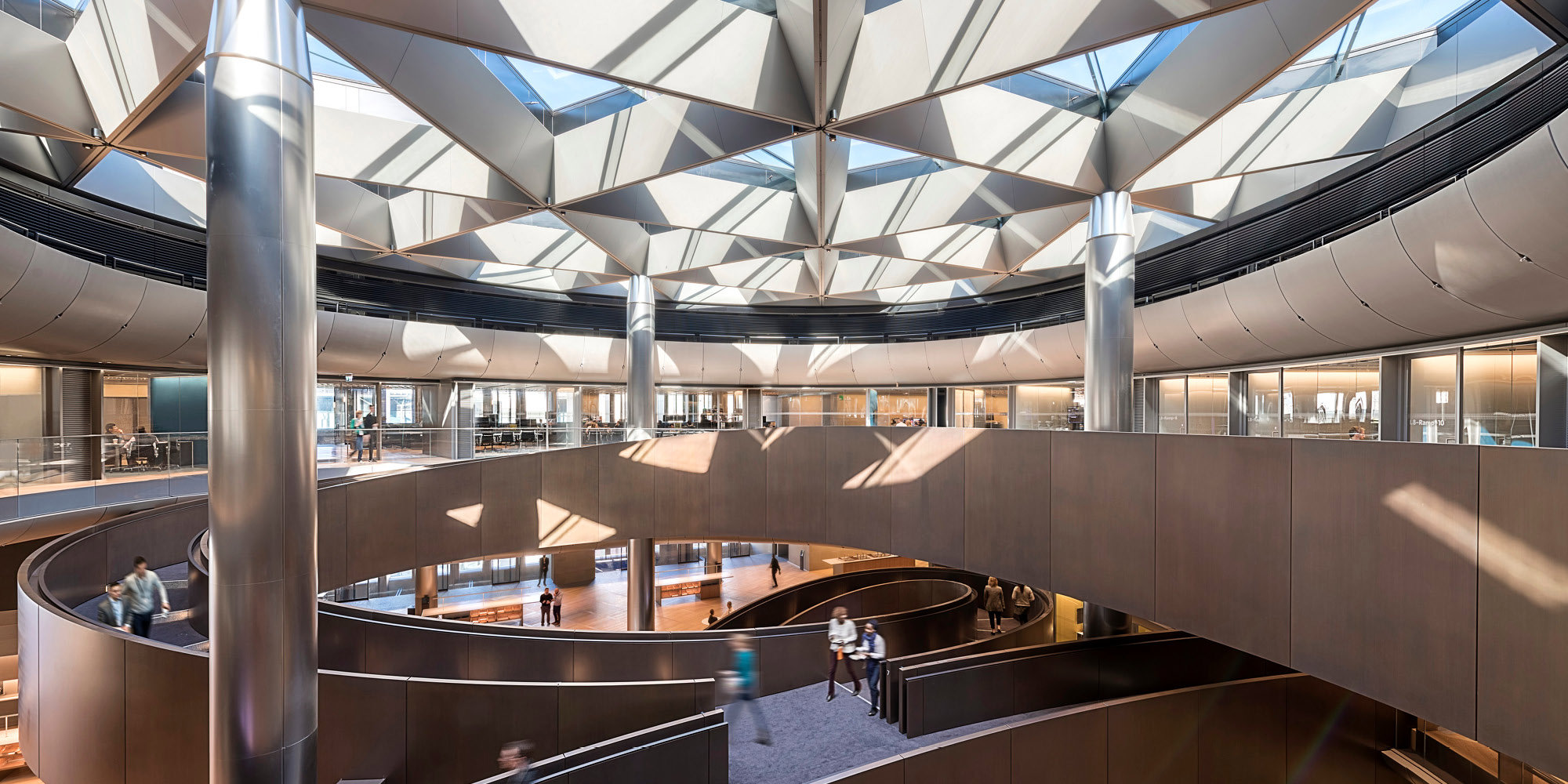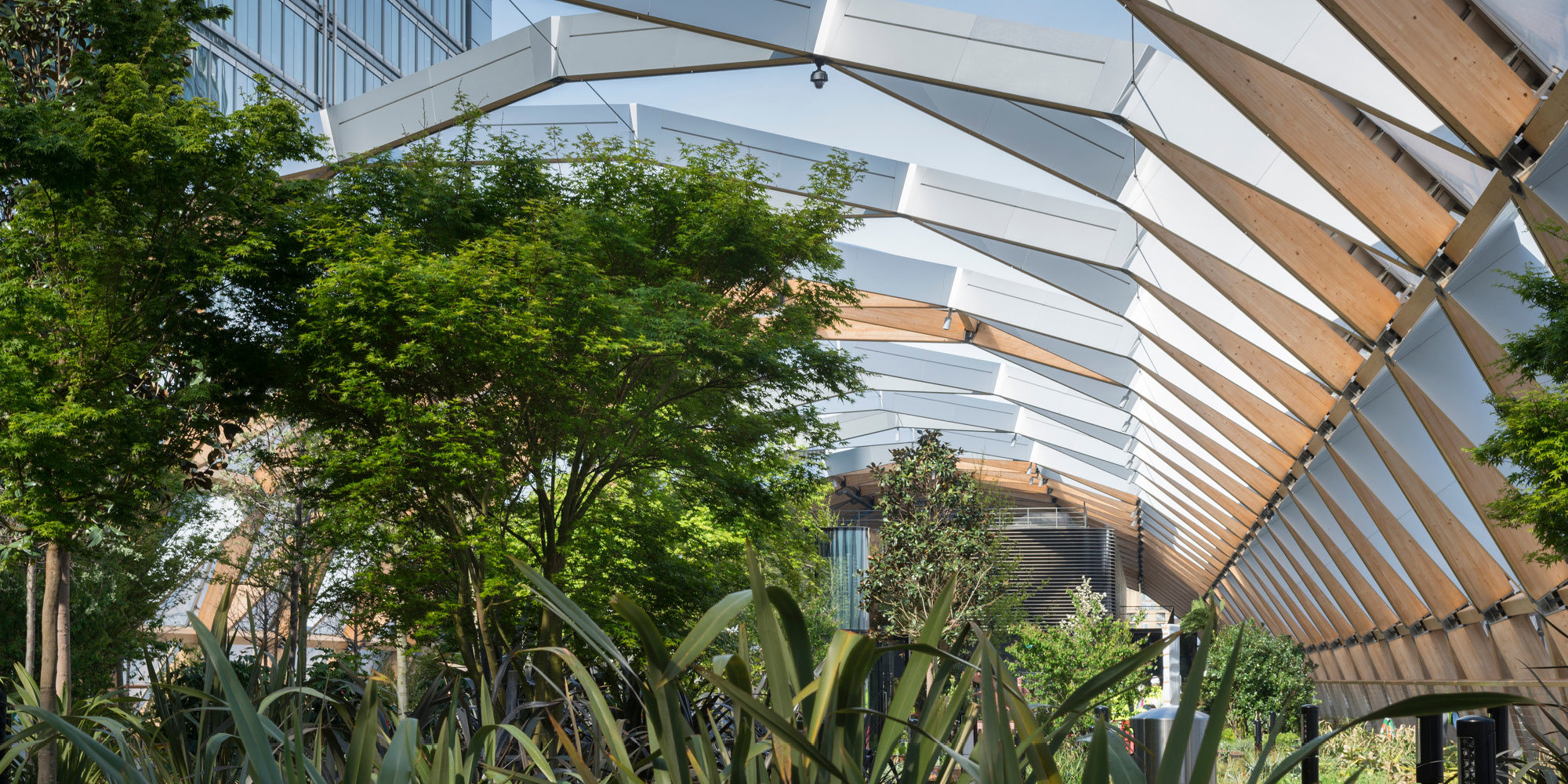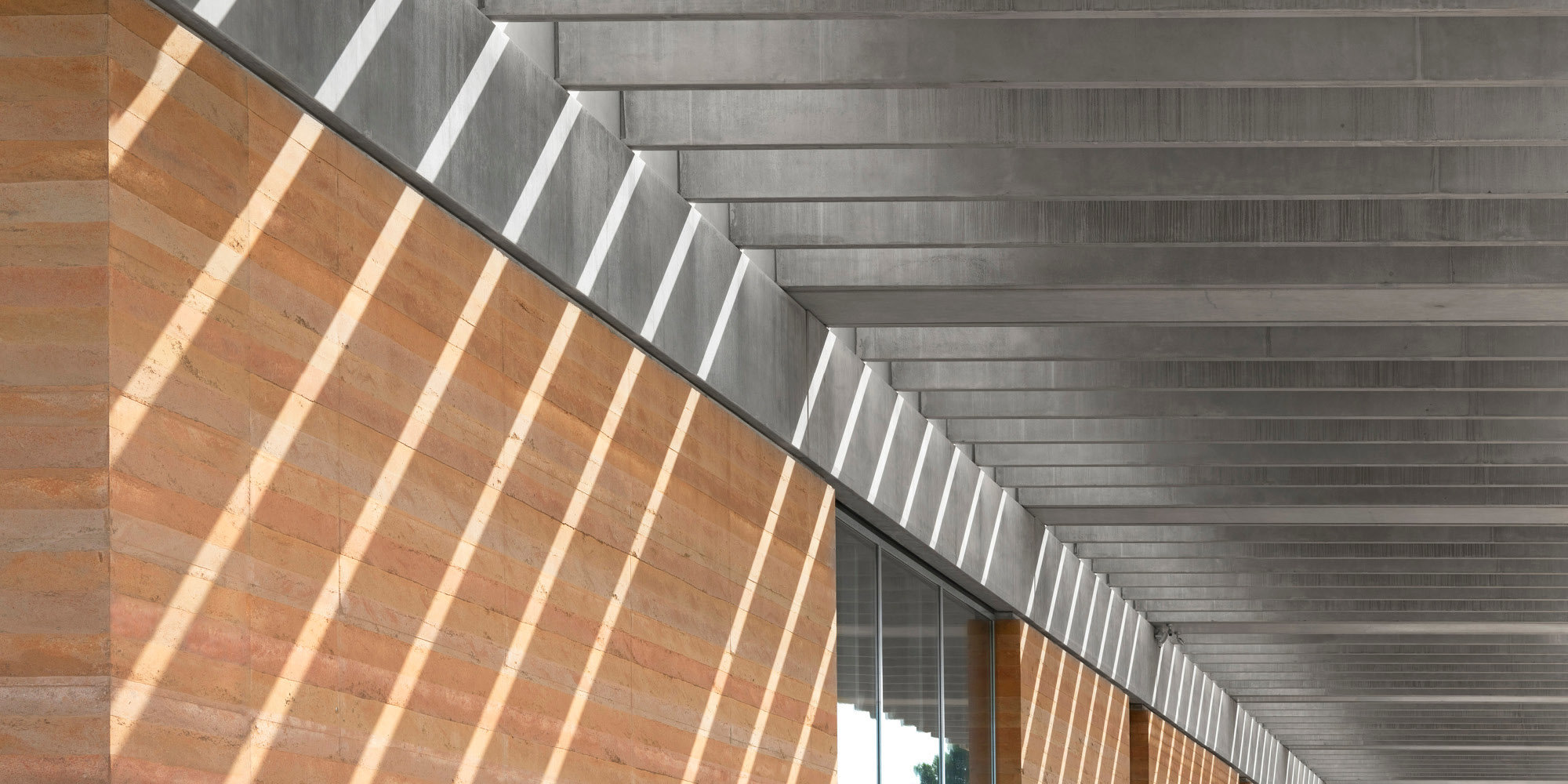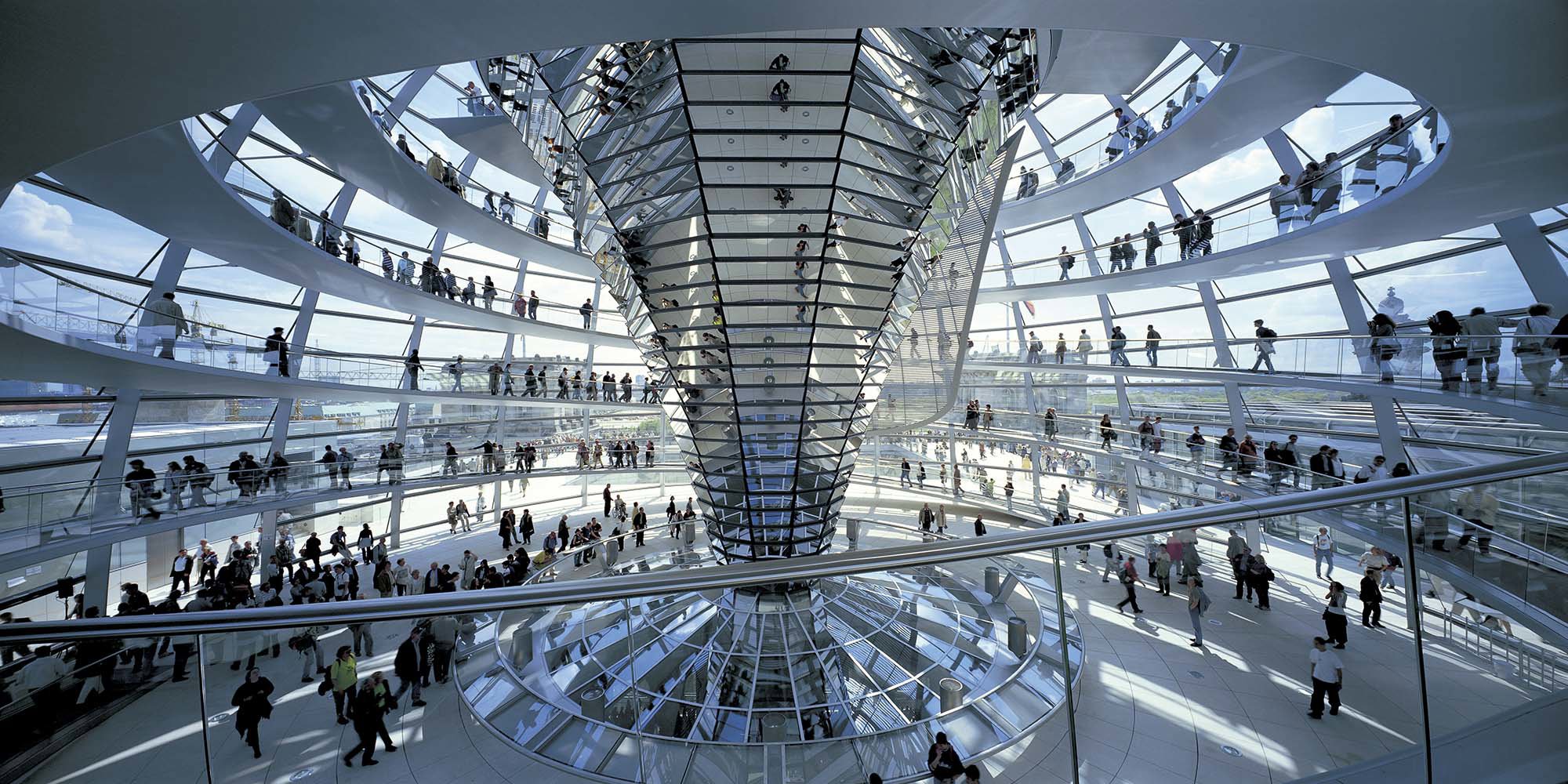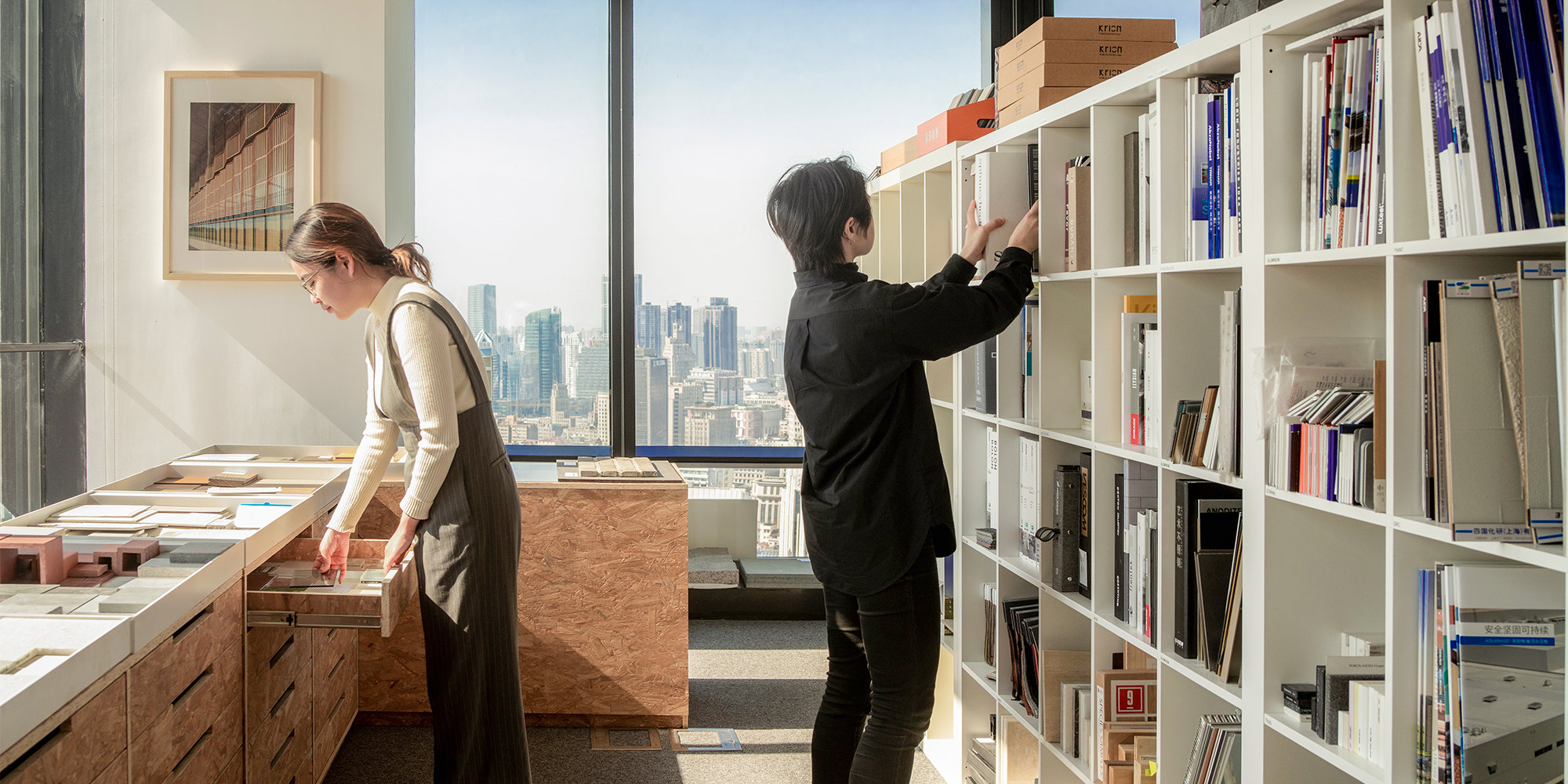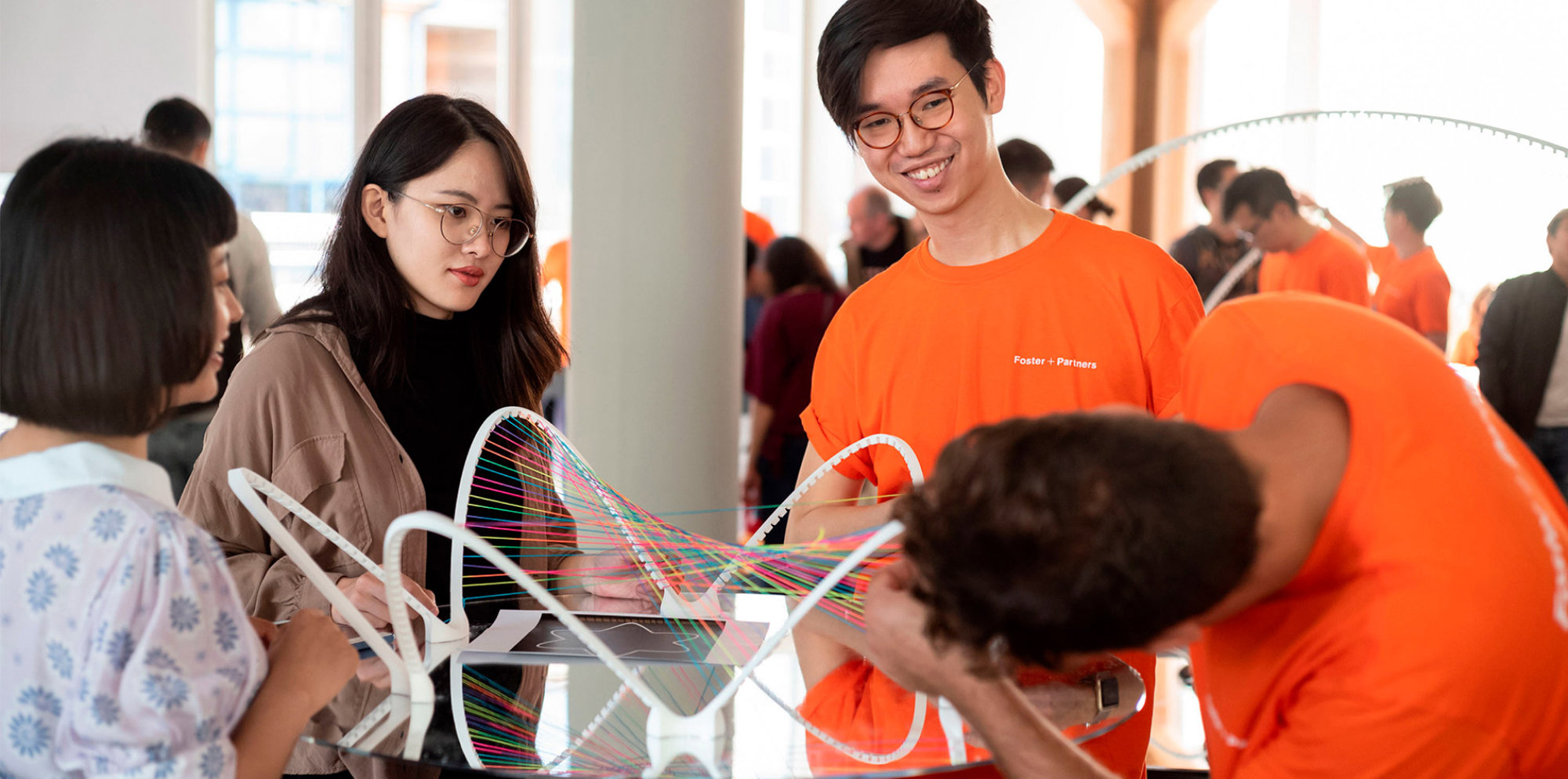The Column gives you the opportunity to ask our experts about their work, and how it shapes the built environment.
Last month, you submitted your questions to Antoinette Nassopoulos-Erickson, who is an architect and urban designer at Foster + Partners. With experience in aviation and major infrastructure projects; she also chairs the IATA Airport Development Reference Manual sustainability group.
Her portfolio includes Heathrow T2 and T3, Tocumen International Airport, Spaceport America, New International Airport Mexico City, and the Marseille Provence Airport extension. She is currently working on New York Midtown Bus Terminal and CPK Airport in Poland, which will bring together air, rail and road.
Antoinette answers your questions about how to approach designing a new terminal, what sustainability measures architects have to take into consideration when designing major airports and more…
